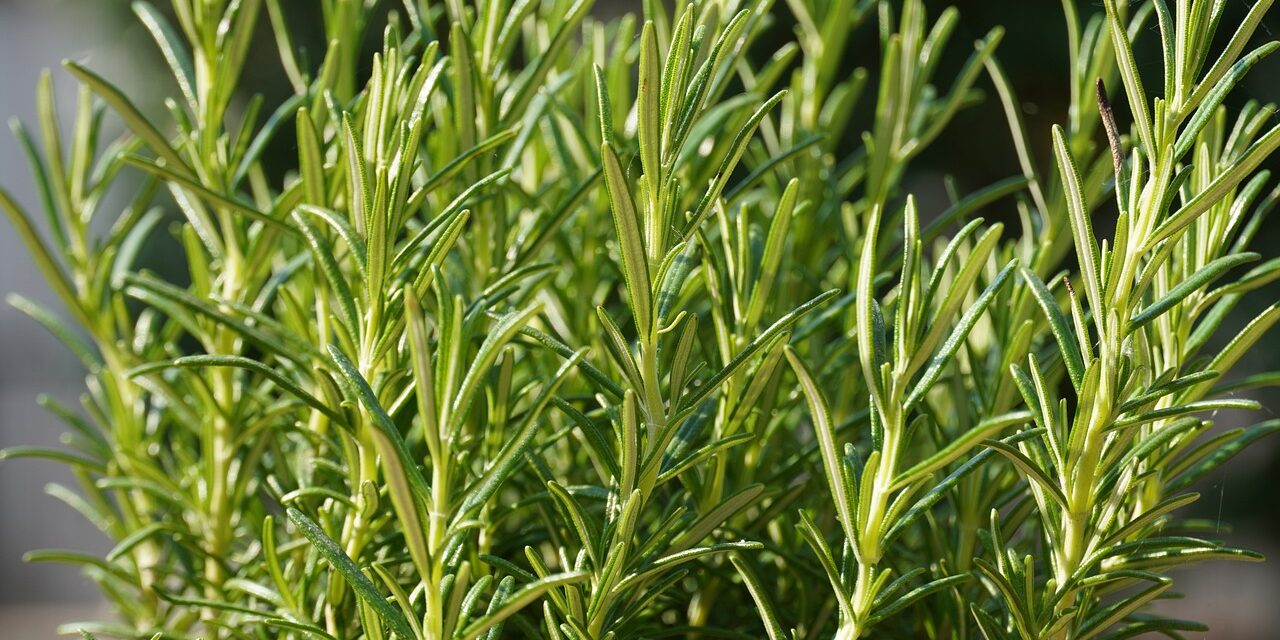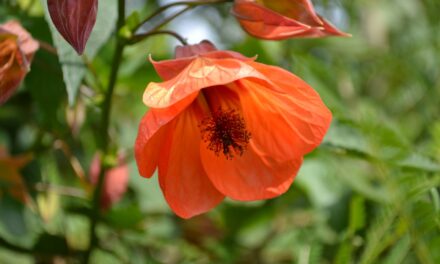In my quest to grow a diverse herb garden, I’ve fallen in love with rosemary.
It’s a versatile and aromatic herb that adds a unique flavor to various dishes, especially when I’m cooking beef. Join me on this horticultural journey as I share my experience and tips on growing and harvesting rosemary in Sacramento’s Zone 9b year-round.
Meet the Aromatic Star: Rosemary
Before diving into planting and caring for your rosemary, it’s good to understand its characteristics.
Rosemary (Rosmarinus officinalis) is an evergreen that is a perennial herb native and thriving to the Mediterranean region. It’s known for its fragrant, needle-like leaves and small, blue-purple flowers. Rosemary is a culinary delight and offers medicinal and ornamental benefits. Its oil has been used for centuries in traditional medicine to improve memory, alleviate muscle pain, and soothe digestive issues.
Selecting the Ideal Spot in Your Garden
To set the stage for your rosemary’s success, consider the following things when trying to choose the perfect location in your garden:
- Sunlight: Rosemary loves sunlight! Ensure your chosen spot receives at least 6-8 hours of direct sunlight daily.
- Soil: Well-draining, sandy soil with a pH between 6 and 7 is ideal for rosemary. Avoid heavy, clay-like soils that retain water, which may lead to root rot.
- Spacing: Give your rosemary ample room to grow. Space your plants about 2-3 feet apart to ensure proper air circulation and avoid overcrowding.
Watering and Nurturing Your Rosemary
Once your rosemary is planted, follow these guidelines to keep it healthy and thriving:
- Watering: Rosemary prefers slightly dry conditions, so be cautious not to over-water. Allow the top inch of the rosemary soil to dry out before watering. In Zone 9b, water your rosemary deeply every 1-2 weeks during dry periods.
- Fertilizing: Rosemary doesn’t require much fertilization. Apply a light, slow-release fertilizer in the spring and avoid over-fertilizing, which can lead to excessive growth and reduced flavor.
- Pruning: Regularly trim and shape your rosemary to encourage bushy growth. Remove any dead or damaged branches to maintain its overall health.
Propagating Your Rosemary
To expand your rosemary collection or share the joy with friends, follow these simple steps to propagate your plant:
- Choose a healthy, non-flowering stem and cut a 4-6 inch piece at a 45-degree angle.
- Remove the lower leaves, leaving only the top few pairs.
- Dip the cut end in a good rooting hormone (optional) to promote faster root development.
- Plant the cutting in well-draining soil, water it thoroughly, and place your new rosemary cutting in a bright location.
- Keep the soil moist but don’t keep it soggy, and in about 4-6 weeks, your cutting should being to develop roots and be ready for transplanting.
Harvesting Your Rosemary for Delicious Dishes
To enjoy your rosemary’s flavors in your culinary masterpieces, follow these harvesting tips:
- Harvest your rosemary in the morning, after the dew has dried but doing so before the sun gets too hot.
- Use sharp scissors to cut the stems and don’t remove more than about one-third of the plant at a time.
- Always cut from the top to encourage bushier growth.
- Once harvested, you can use your rosemary fresh or dry for longer storage.
Common Questions About Growing Rosemary in Zone 9b
As we near the end of our herbaceous journey, let’s tackle some common questions about growing rosemary in Sacramento’s Zone 9b.
Can rosemary survive Sacramento’s hot summers?
Yes, indeed! Rosemary thrives in hot, dry climates similar to its native Mediterranean region. However, water your rosemary regularly during exceptionally hot periods to prevent it from drying out.
Does rosemary attract pests?
Rosemary is relatively pest-resistant. However, it can occasionally attract aphids and spider mites. Regular inspections and natural pesticides can help keep these pests at bay.
Can I grow rosemary indoors during winter?
Absolutely! Rosemary can be grown indoors during winter, provided it receives plenty of sunlight and the room isn’t overly humid.
Green Thumb Meets Gourmet Cooking
Growing and harvesting rosemary in Sacramento’s Zone 9b is not just about the joy of gardening—it’s about bringing an extra dash of flavor and freshness to your kitchen. The journey from planting to propagation and, finally, harvesting is indeed a rewarding experience.
I hope my horticultural voyage has inspired you to grow your own rosemary. But more importantly, I hope you’re excited to taste the difference that freshly harvested rosemary can make in your cooking, particularly those savory beef dishes!





